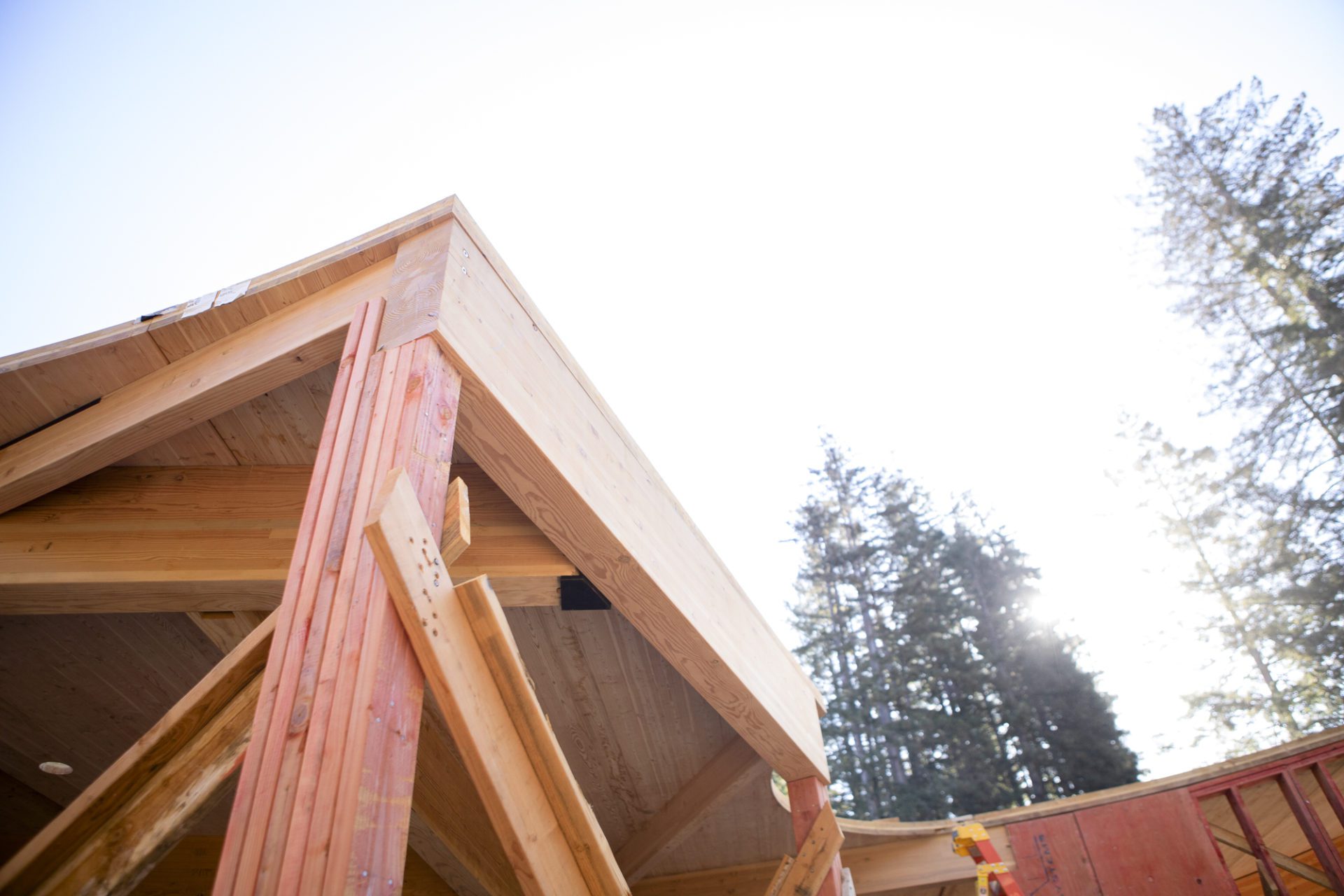Sustainability Collaboration Early on Builds Project Success
Designers and builders are sharing the responsibility of lessening the carbon footprint as they begin sustainability discussions early on. With an increased focus on embodied carbon and prefabrication, all members of the project team—designers, engineers and contractors—are working to achieve their clients’ objectives of building more sustainable buildings.
“For a long time, our industry has looked at efficiency and the next frontier of net-zero buildings,” says Clayco Vice President of Sustainability Ryan Spies, “but just in the past two years, architects and engineers have stepped up their conversations about embodied carbon at the forefront, in the preplanning/ planning phases of projects.
While the operational piece plays out over the next 30 years, the materials we choose today are critical in leaving a reduced carbon footprint and impacting climate change for the better.”
Forward-thinking teams, Spies says, are utilizing Microsoft’s carbon construction calculator or EC3 in
selecting the most sustainable, appropriate materials as they design a building. “With any building today, you can achieve a minimum of a 20% carbon reduction just by making smart choices,” he says, noting that crosslaminated timber is increasingly being selected to decrease the amount of carbon intensive steel in a project.
The $1.2-trillion Infrastructure Investment and Jobs Act includes an ambitious portfolio of carbon management policies, according to McCarthy Building Companies VP, Office of Ethics and Compliance, Allen Gershenson. “The GSA announced the first-ever national standards for clean concrete and asphalt that apply to all GSA-funded projects using more than 10 cu yd of concrete or asphalt,”
Gershenson says. “It’s incumbent on contractors to see where these standards are headed and to build responsibly. Collaborative discussions with our clients and agencies are a must and should begin as early as possible.”
Project examples of McCarthy’s sustainability emphases include: an interdisciplinary science and technology building at Arizona State University that employs a patented bubble deck roof system containing recycled plastic balls to occupy some of the space that would have normally been filled with structural concrete.
Although concrete, by its very nature, is one of the most carbon-heavy building materials around, companies such as Concrete Strategies are continually advancing materials and techniques
to lessen its carbon footprint. Concrete Strategies Director of Quality Kyle Kammer says that if a project owner is willing, alternatives exist to mix, pour and cure more sustainable solutions.
“Type I-L cement, which contains additional limestone powder, has a much lower carbon footprint than typical Type I or II cement,” says Kammer. “CarbonCure manufactures a technology that introduces CO2 into the fresh concrete to reduce its carbon footprint without compromising performance. Once injected, the CO2 undergoes a mineralization process and becomes permanently embedded. Fly ash and slag are two big materials that companies are using to reduce their carbon footprint when it comes to
placing concrete,” he says.
Swinerton Director of Innovation Aaron Anderson says there is a profound shift occurring in the conversation about sustainability. “We’re hearing emerging ideas about the burning planet,” says Anderson. “That’s where a lot of the evolution of natural materials have come into play. Sustainability in design and construction looks not only at embodied carbon numbers, but also at other pollution aspects that relate to operating buildings over the long term. We’re looking closely at the energy consumption taking place in manufacturing building material,” Anderson says. “How can we best manufacture materials using renewable energy? How do we actively utilize recycled products in construction?”
Anderson notes, “Manufacturers that are consistently making Environmental Product Declarations (EPDs) are the backbone and are at the heart of being honest about environmental impact. They give clear system boundaries and clear expectations.” The client’s values heavily influence how sustainably a project is designed, engineered and built, he observes.
“Every client has a unique sustainability strategy and goals. We work hard to try to find a way to optimize cost while reducing pollution in the systems that we develop,” says Anderson. “Putting away the buzz words and trends and truly seeking quantifiable ways to optimize sustainability in each construction project we deliver is our priority.”



